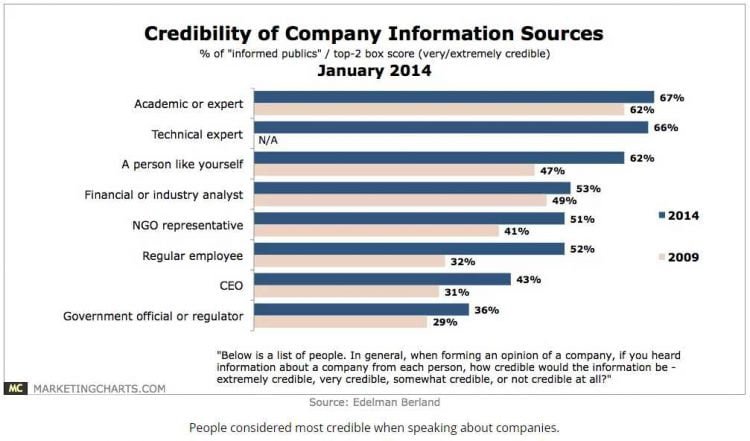What is the Pedia Platform? (Everything everybody wants.)
Each marketer uses the “Pedia Credibility Algorithm” (PCA) to create their own individual Pedia platform on their website. The Pedia platform is the most truthful site — created by marketers and consumers together, where marketers provide guaranteed truthful information and consumers intentionally engage with marketers’ truthful information. Everyone gets what they want and it creates the most powerful “point-of-need” (PON) marketing platform by consumers and marketers together for their mutual benefit.
The Pedia platform is radically truthful, radically transparent, and radically pro-consumer.
All Core Drivers are Aligned
The Pedia platform is powerful because it delivers truthful marketing at the consumers’ PON. There is no “bait and switch” to ads – truthful marketing is what consumers are seeking. “Marketing is the message and the media.”
All core drivers for marketers and consumers are aligned. Marketers have the resources and self-interest motivation to provide truthful high-value information at the consumers’ PON, while consumers will be drawn to the convenient truthful information resource and are predisposed to believe and trust the information provided because of the “Pedia” branded Platform. Fulfillment of of consumer expectations with guaranteed truthful marketing information (enforced by consumers themselves) automatically and continuously maximizes marketing credibility which makes everything a marketer does work better.
Bottom line — the Pedia platform enables marketers to better influence the marketing information consumers seek at their PON with the most powerful consumer information marketing channel that provides consumers with EXACTLY the information they want, EXACTLY when they want it, from an independent third-party, higher authority source consumers trust and remember. The Pedia platform makes all marketing past, present, and future — more effective and efficient.
There are 2 versions of the Pedia Platform — Individual and Network
The Pedia platform comes it two distinct versions. — “Individual” and “network” — with the inherent advantages of each type. Marketers create individual Pedia platforms on their websites and with the addition of a few lines of code, seamlessly connect their local individual Pedia platform to the PediaNetwork® Platform while still under 100% control of the marketer. This creates a networked mega-resource that maximizes credibility, marketing “voice and tone” and every aspect of the marketers’ individual Pedia platforms with the added “network effects” of thousands of interconnected encyclopedias to create a truly sustainable competitive advantage that cannot be duplicated, controlled by marketers and consumers — forever.
The PediaNetwork®-Version Platform is the first increasing returns marketing platform with democratized control by consumers and marketers together.
